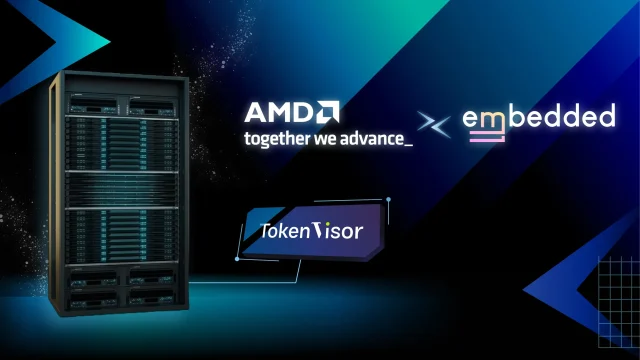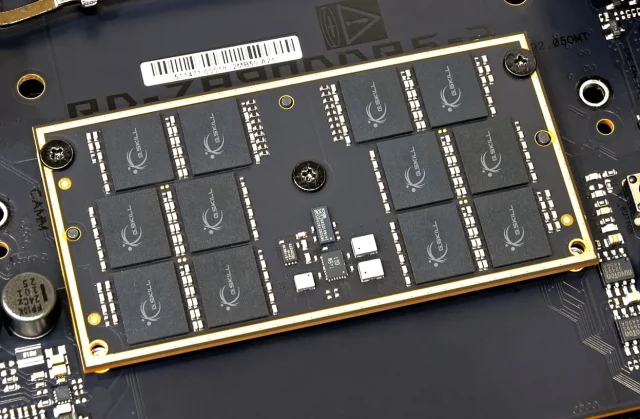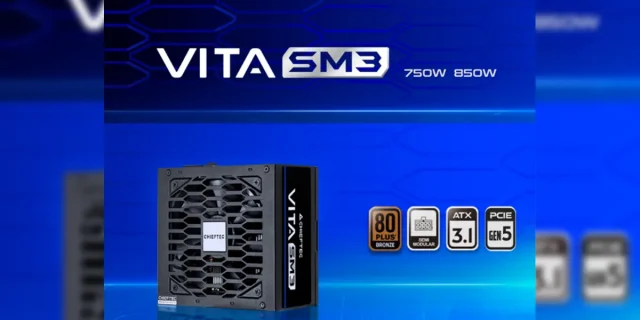Many people in the US may require sending money to the Philippines in order to support their kin, settle business deals or invest. Nonetheless, with several alternatives available, maneuvering through this process might seem perplexing. This manual takes a closer look at how to send money to the Philippines from USA.
Conventional Methods: Bank Transfers and Remittance Services
Online Banking Platforms
Many major US banks provide online services for international money transfers. These transfers are easy to make but often involve intermediary banks which can lead to hidden fees and not very competitive exchange rates Key considerations therefore include:
- Foreign Transaction Fees: Banks usually charge either a flat fee or a percentage of the amount being transferred internationally. This necessitates understanding these fees.
- Exchange Rates: The exchange rate used by banks affects how much one receives finally in the Philippines. One should compare these before initiating their transfer.
- Transfer Limits: It is possible that there are limitations on the amount that you can send at once according to your bank’s policy.
Remittance Services
Underlying issues here are:
- Fees: Money remittance services generally levy upfront charges depending on the sum sent and mode of payout. Fees from different providers.
- Exchange Rates: Just like banks, remittance service can have their own exchange rates.
- Delivery Speed: Time is of essence when it comes to remittance services since most of them ensure quicker ways of receiving money such as cash pickups rather than bank deposits which take longer.
Emerging Solutions: Blockchain Technology
Blockchain technology, which is behind cryptocurrencies such as Bitcoin, has made its way into the remittance space. Here’s an analysis of relevant technological aspects:
- Decentralized Network: With blockchain, there are no middlemen or banks involved hence it can lead to lower fees and faster processing time.
- Security: Transactions recorded on a safe distributed ledger using blockchain enhance transparency thus reduces fraud cases.
- Cryptocurrency Fluctuations: The value of any cryptocurrency can change drastically affecting how much one would receive.
Choosing the Right Method: A Technical Comparison
The ideal method depends on your specific needs. Here’s a technical comparison to guide you:
| Factor | Online Banking | Remittance Services | Blockchain |
| Cost-effectiveness | Moderate (hidden fees, exchange rates) | Moderate (upfront fees) | Potentially low (no intermediary fees) |
| Speed | Slow (can take several days) | Fast (cash pickup), Moderate (bank deposit) | Variable (depends on network congestion) |
| Convenience | Convenient (transfer from your bank account) | Convenient (widespread network) | Evolving (limited accessibility) |
| Technical expertise | Low | Low | Moderate (understanding cryptocurrency wallets) |
Optimizing Your Transfer: Technical Tips
Here are some technical tips to get the most out of your remittance transfer:
- Fees and rates in comparison: don’t just go for the first option, use online comparison tools to identify a cost-effective provider.
- Time factor: Choose cash pickup with any money transfer company that offers remittance services if you are looking at speed
- Large amounts: In case of huge fund transfers, negotiate fees with companies providing financial remittance or utilizing bulk transfer alternatives given on certain online platforms.
- Blockchain technology: However, blockchain could be an inexpensive option if you understand cryptocurrency wallets and their inherent volatility.
Conclusion
Sending money to the Philippines is not complex. With knowledge about how each works technically and comparing charges, conversion rates and time of transaction, it can make sending large amounts overseas as easy as possible. You will need to remember that what makes one method better than the other is largely based on individual wants such as convenience, fastness or cost efficiency. Little technical know-how ensures smooth and effective delivery of your money.










